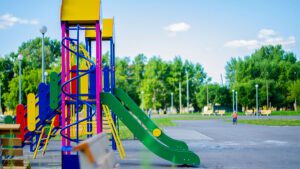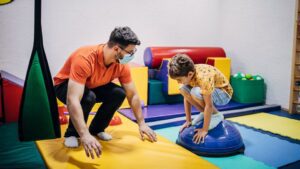Physical activity is an essential element of overall health and well-being. Regular exercise offers numerous short- and long-term health benefits, from reducing the risk of disease to boosting energy levels to building stronger muscles and bones. Incorporating age-appropriate activities such as hide-and-seek and dancing can promote physical fitness and holistic development for preschoolers.
It is important to tailor physical activities to specific age groups, especially toddlers and preschoolers, to ensure they receive the recommended activity levels and types of play suitable for their developmental stages.
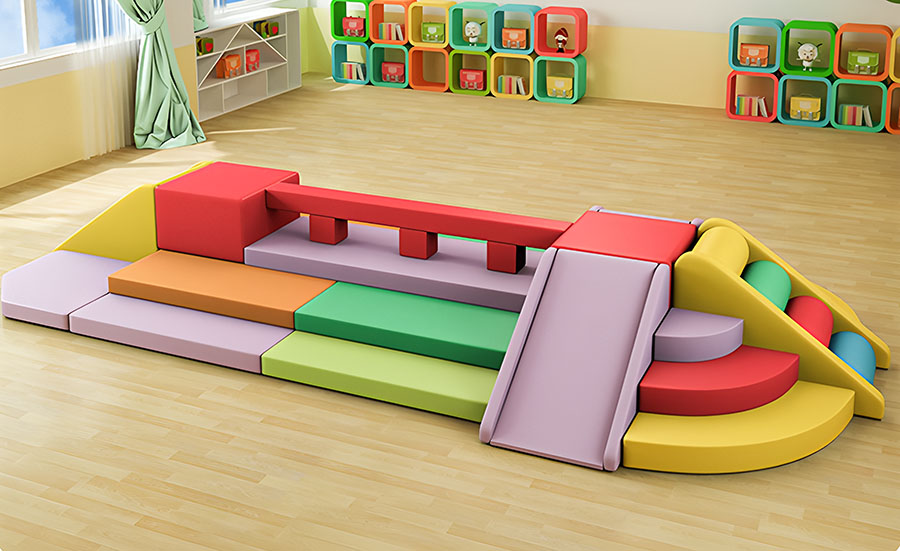
The Importance of Physical Play for Gross Motor Skills
Kids often have high energy levels that need to be expended to feel their best. Activities involving active play allow them to engage in critical ways for their physical and mental development. Simple children’s games, like tag or hide-and-seek, promote both physical activity and social interaction, making them an excellent choice for parents and caregivers.
Engaging in regular exercise helps kids do the following:
- Build strength, endurance, and flexibility
- Establish confidence
- Improve posture
- Develop gross and fine motor skills
- Achieve and maintain a healthy weight
- Decrease stress levels
- Enhance social skills
- Develop strong bones
- Boost balance and coordination
- Improve concentration
- Sleep better
On the other hand, not getting enough physical activity can cause several health issues for young kids, including:
- Weight gain or excessive body fat
- High blood pressure
- Bone health problems
- Cardiovascular diseases
Physically active kids tend to have fewer chronic health issues and are less likely to get sick. They have a significantly reduced risk of developing diseases or illnesses such as:
- Depression
- Diabetes
- Heart disease

Indoor and Outdoor Physical Activities for Toddlers (Ages 1-3)
At ages 1 to 3, toddlers are beginning to become more active, learning to walk, throw, and develop motor skills. Physical activity should encourage the use of their gross motor skills, such as running, jumping, spinning, and climbing.
Here are a few fun indoor and outdoor activities for toddlers:
- Row, Row, Row Your Boat
Sit on the floor, facing each other, and press feet into each other. Lean back and forth while singing the song. - Musical Hide-and-Seek
Play music and hide it. Toddlers go on a hunt to find where the sound is coming from. - Build a Tower
Stack blocks or containers and see how high you can go before knocking it down. - Toss Balls in a Basket
Toss soft balls into a laundry bin or bucket. Gradually increase the challenge. - Imitate Animals
Have kids move like their favorite animals—crawling, hopping, or rolling. - Traffic Safety
Use colored paper to make stoplight signs and play a game to teach traffic safety.

Indoor and Outdoor Physical Activities for Preschoolers (Ages 3-5)
Preschoolers enjoy activities that require more coordination and promote fitness. Here are some fun games for them:
- Musical Chairs
Play music while kids circle chairs. When the music stops, they sit in the nearest chair. - Red Light, Green Light
Players freeze when “Red Light” is called and move when “Green Light” is called. - Freeze Dance
Dance while the music plays and freeze when the music stops. - Bowling
Use water bottles or cans as pins and a foam ball to knock them over. - Hopscotch
Draw a hopscotch grid and practice hopping and counting. - Jump Over the River
Create a “river” with lines and challenge kids to jump over it. - Field Day
Organize multiple physical activity stations, such as cup stacking, obstacle courses, and cleanup races.
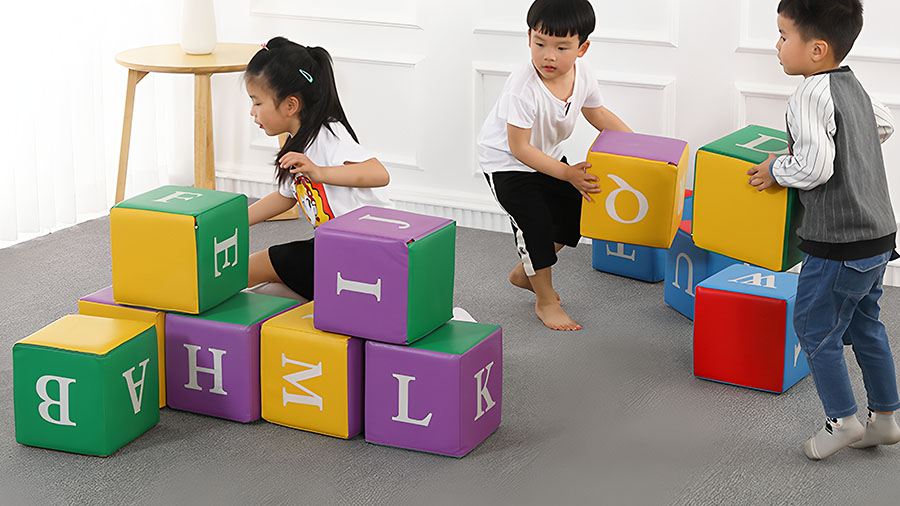
Why Physical Development Matters
Physical development is crucial for a child’s overall growth. It helps children develop essential gross and fine motor skills, coordination, and balance, which are necessary for health, academic performance, and social interactions.
Regular physical activity provides benefits like:
- Improved motor skills
- Better coordination and balance
- Increased physical fitness
- Enhanced cognitive development
- Social and emotional growth
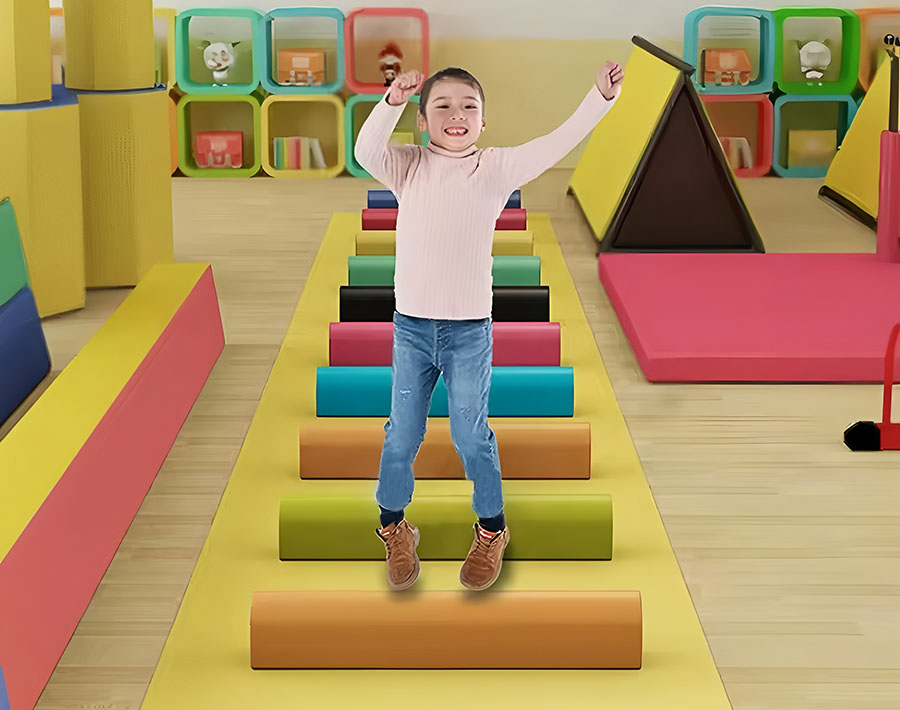
Creating a Safe Environment for Physical Play
Creating a safe play environment is essential for toddlers and preschoolers. Here are some tips:
- Consider Height and Proportions: Ensure play spaces are at toddler height to avoid unsafe climbing.
- Furniture Placement: Use furniture to divide rooms and create smaller play areas.
- Organize Toys: Allow children easy access to toys to encourage independent play.

